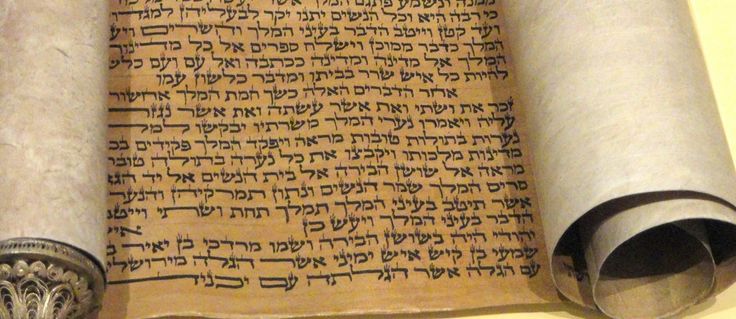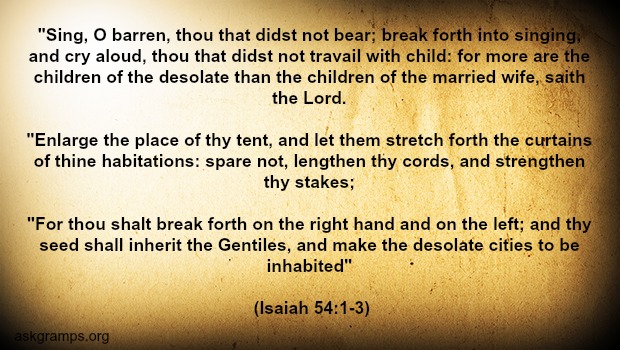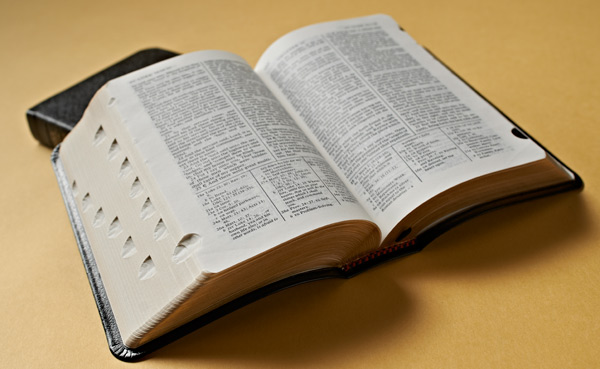Question
Gramps,
The D&C states that the Bible is correct as far as it is translated correctly. This makes sense concerning the reading of the bible in a translated language. I happen to be fluent in Biblical Hebrew and can read the Bible in its original language and script. Does this mean that what I read from the Bible is 100% correct seeing as it is not a translation but the direct word of God?
Bill
Answer
Bill,
In our Article of Faith #8 we are able to read the following you have highlighted, “We believe the Bible to be the word of God as far as it is translated correctly.” That is wonderful that you are fluent in Biblical Hebrew and are able to read original manuscripts in that language! What we have to ask ourselves though, is the text you are reading in Hebrew translated or penned correctly from the servants who wrote it down?
If the original manuscripts you are reading are copied 100% correctly from those who first penned it, then yes the translation you are reading would be the direct word of God; if not, then the Article of Faith remains true — as far as it is translated correctly.
This then would be the question I would ask pertaining to the Bible you have written in Hebrew: Are we able to view the original copy in comparison to what we now have in Hebrew? This, at least to me, would be the reason why we have this Article of Faith, and that people are translating the original manuscript correctly.
Then you have other questions, does a manuscript require “revelation” as with the Book of Mormon to be translated correctly? Or, can anyone who has studied the language translate the script and it still be 100% correct?
My personal thoughts, you are probably reading one of the closest translations we have to the original, but that it would not be 100% correct, as I don’t think we are able to compare the original manuscript with what we have now — as penned by those who first wrote it down.
Another thought I had would be regarding cultural context. Most Shakespeare books I’ve seen are loaded down with footnotes to explain the words and phrases in the work – even though it’s often words still in use today. These footnotes would be included in what Joseph Smith termed a “translation”. As a more recent example (apologies for the graphic nature), “War of the Worlds” is a little over 100 years old, but had a scene that caused my wife some confusion. During the chaos, a man runs out into the street still wearing his nightgown and “ejaculating” – meaning, of course, swearing. It’s in the same English but still needs to be translated correctly or you’ll get the wrong meaning.
This challenge is increased in the scriptures because we find the Church of Christ in former and latter days using the terminology of the day and adopting it (sometimes transforming it). In our time, we have political “wards” and “quorums” used for ecclesiastical purposes. In the New Testament, we have the apostles talking about table waiters as an office in the Church. Through the context of the Restoration, we know these “deacons” are actually serving in an office of the priesthood. The point being that if some of that cultural (including church) history is lost (a real risk with the OT), then an accurate translation becomes impossible.
Gramps







